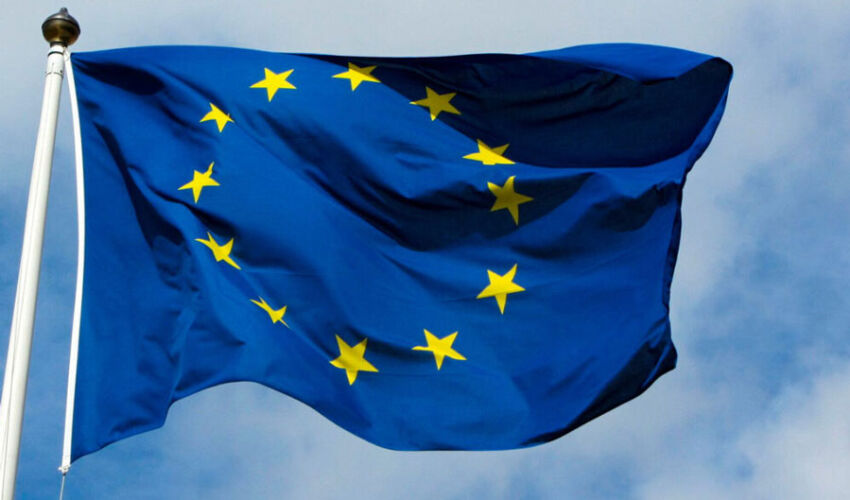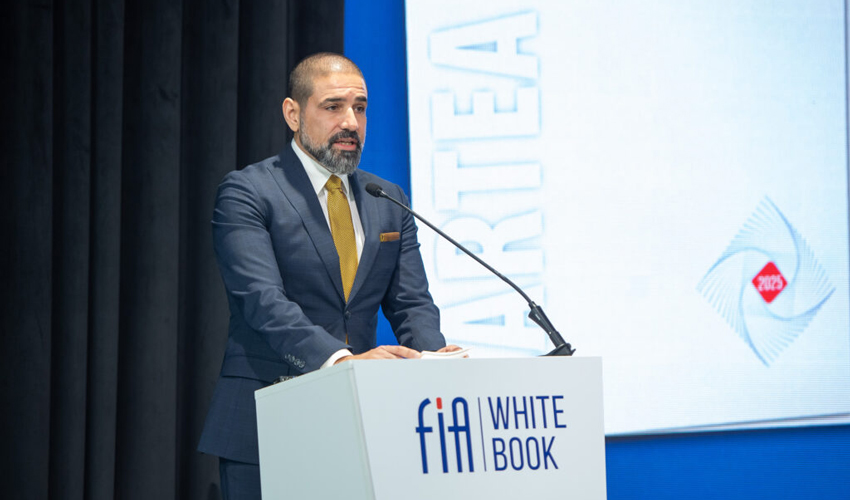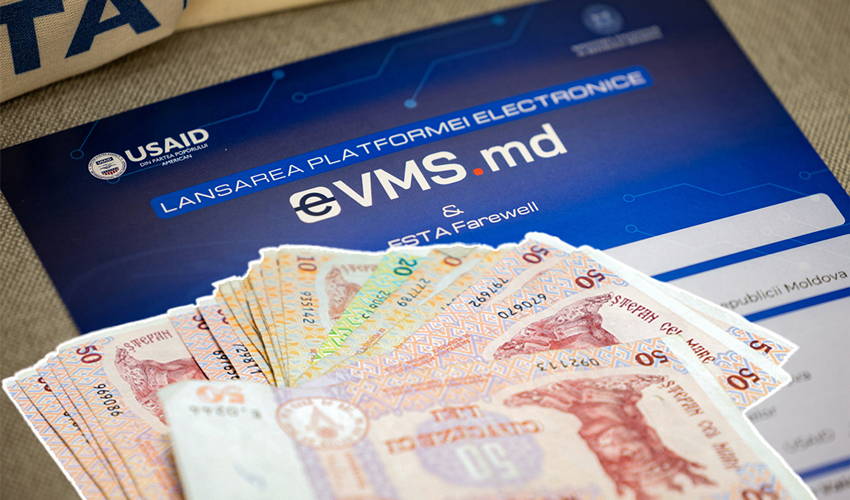
The European Commission’s website notes that the twelve stars on the flag symbolize “the ideals of unity, solidarity and harmony among the peoples of Europe.”
It is noteworthy that the flag with twelve gold stars on a blue background appeared 30 years earlier, but then it was the flag of the Council of Europe.
In 1983, members of the European Parliament decided to adopt this flag as a symbol of the three European communities, the predecessors of the modern EU.
Two years later, the European Council, then representing ten member states, approved this decision, and by 1986, when Portugal and Spain joined the bloc, the flag was widely used by the communities and member states on official buildings, etc.
As Euronews recalled, ideas for a flag for a united Europe were put forward even before World War II. Among the options were a green cross on a white background, a white triangle on a background of different colors and even a combination of all colors of European flags, proposed after painstaking statistical analysis by a resident of Strasbourg. None of the designs were approved. But it was in Strasbourg in 1953 that the members of the Council of Europe first proposed the now familiar flag. In December 1955, it was adopted.
Thus, at the end of this year, it may celebrate another anniversary.













